Elijah still loves to ride around on his little John Deere tractor. A few weeks ago, he asked me to help him hook up one of his other toys to the back so he could pull it around. I quickly fashioned something out of wire and he got a kick out of that but I knew we could do better.
When I had the week off for Thanksgiving, we headed to Home Depot to pick up some lawnmower wheels and a couple pieces of hardware and then went into the shop together to build a better trailer for his tractor. We got started and then while he was sleeping that night, I got most of the rest of it figured out. I left one or two cuts on every tool that we were going to use so he’d get to experience them all. It took us about an hour to finish it all up but he stayed engaged the entire time. The only hiccup came when he put one of the nuts on his finger and couldn’t get it off. I had to butter up his finger to pull it off.
The final result looks pretty good and gets lots of using hauling toys around the house. I doubt this will be the last project we do together!
In case you’re wondering, the nuts on the end of the axle are held on with thread locker (blue) to keep them from spinning off when the wheels turn.

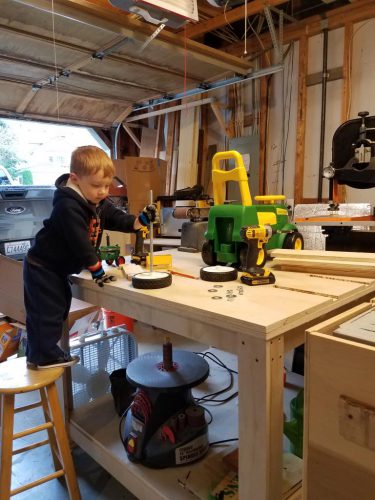
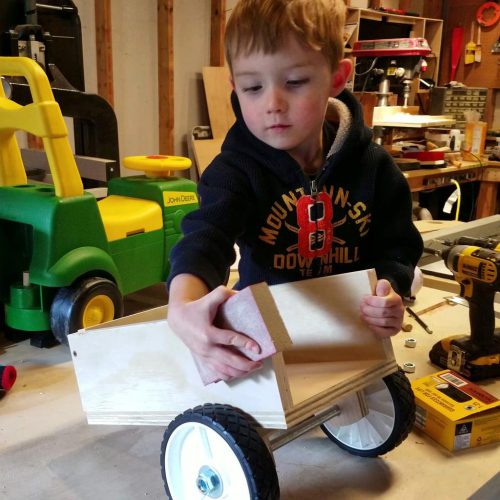
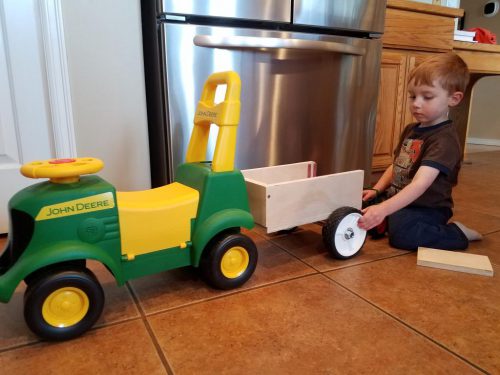
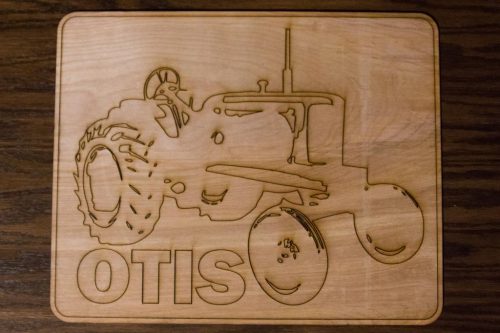
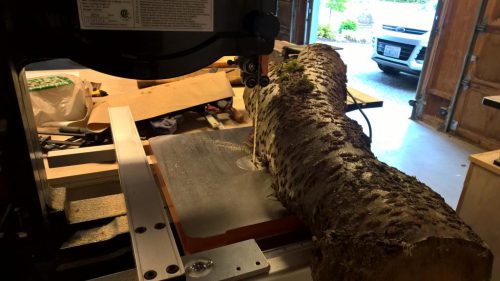
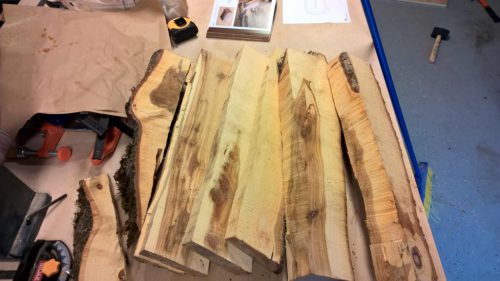
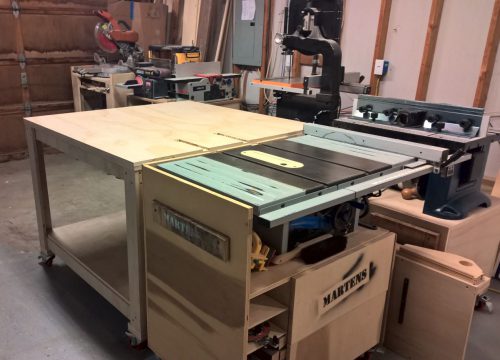
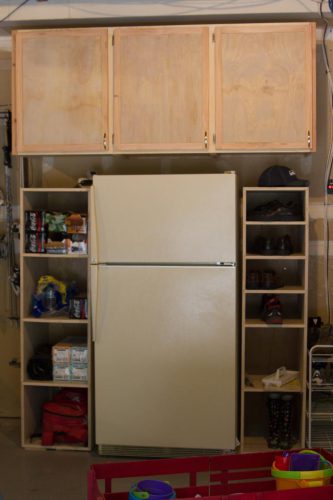
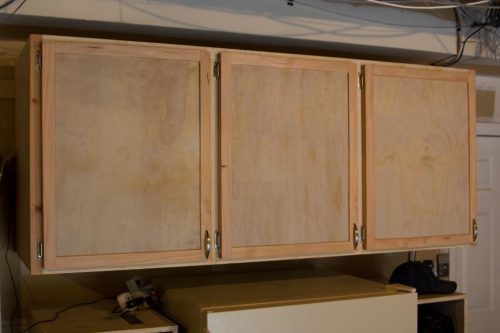
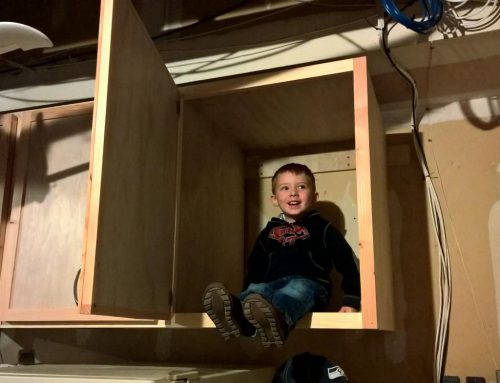
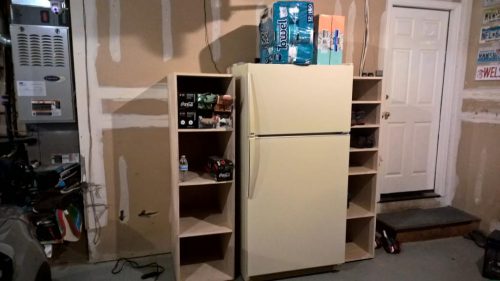
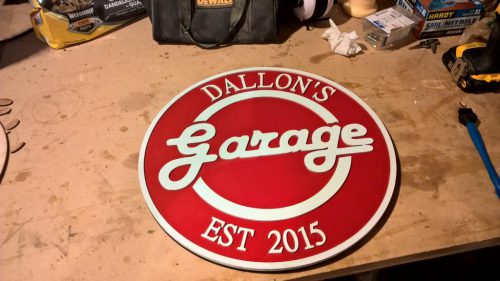
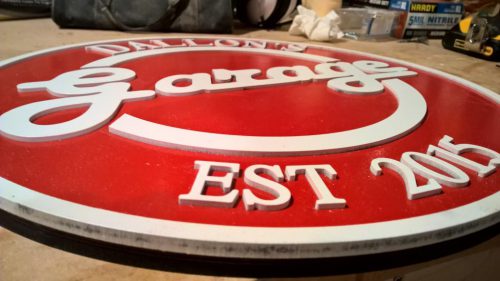
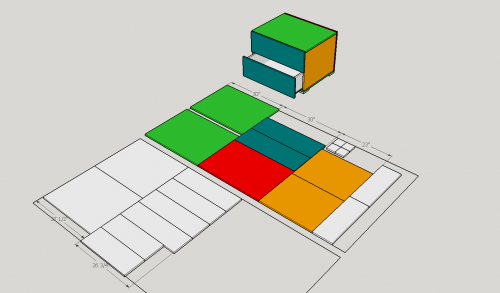
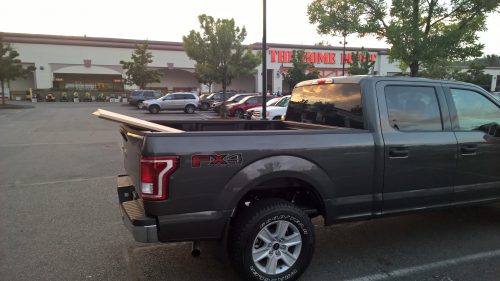
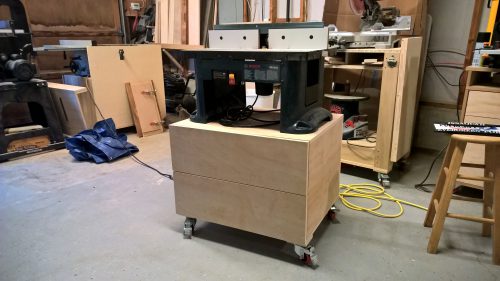
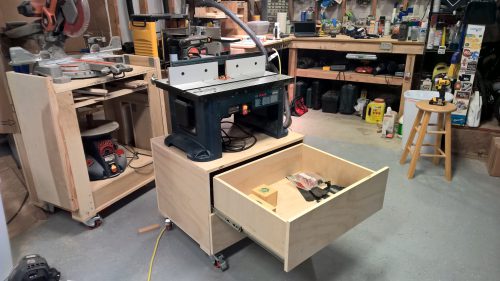
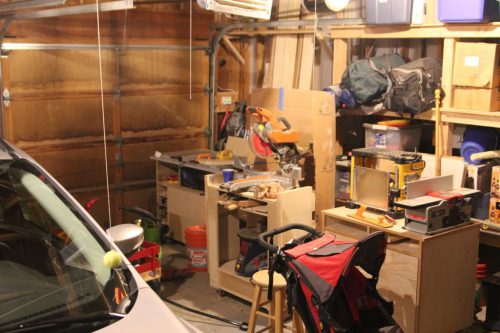
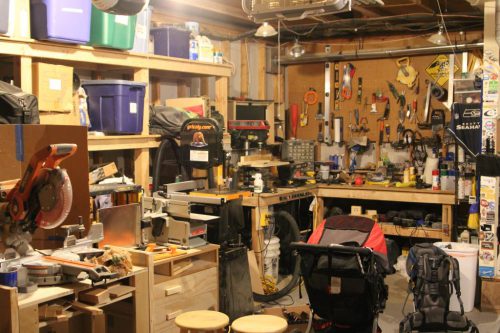
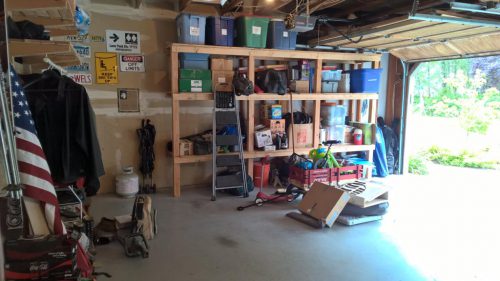
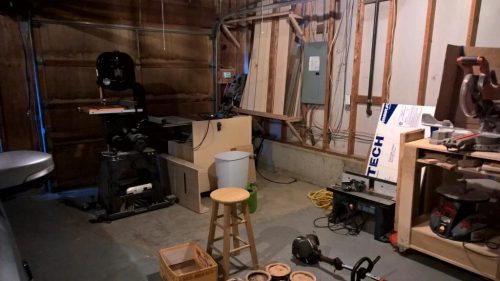
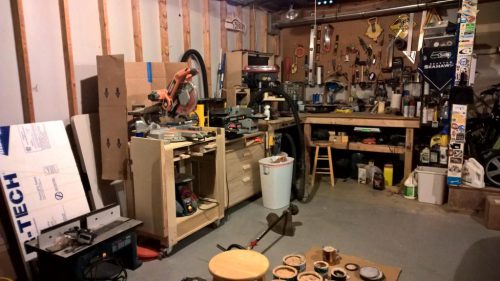
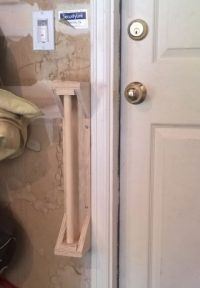 The door to our garage has a spring in the hinge so it closes automatically. That’s generally handy but I’m waiting for it to smash Elijah’s hand. He has to hold onto the door frame to step down. So to help keep all his fingers attached, I pulled out some scrap wood and built a little hand hold for him. It was a one night project using an old broom stick as the round piece to grip and so far it’s working out really well.
The door to our garage has a spring in the hinge so it closes automatically. That’s generally handy but I’m waiting for it to smash Elijah’s hand. He has to hold onto the door frame to step down. So to help keep all his fingers attached, I pulled out some scrap wood and built a little hand hold for him. It was a one night project using an old broom stick as the round piece to grip and so far it’s working out really well.